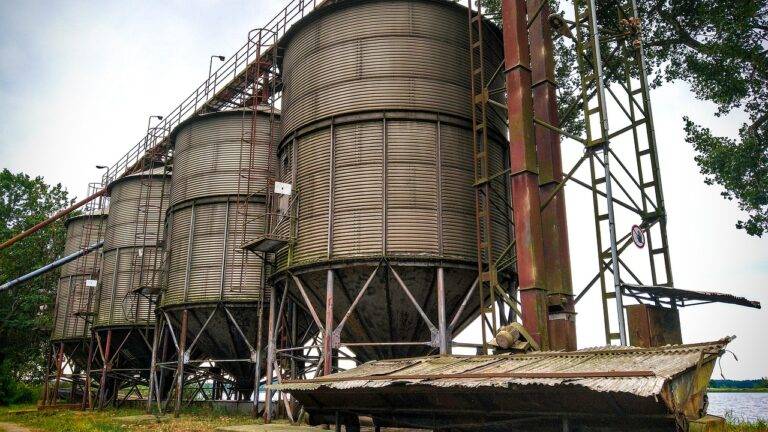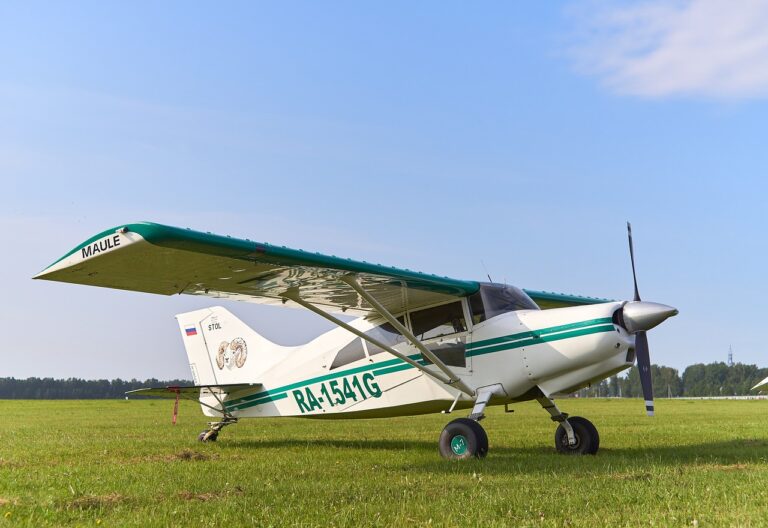The Art of Wildlife Conservation: Protecting Endangered Species and Habitats
Wildlife conservation plays a crucial role in maintaining the balance of ecosystems across the globe. By preserving diverse species in their natural habitats, we can help ensure the stability of food chains and the overall health of our planet. Each species, no matter how big or small, contributes to the intricate web of life, and the loss of even one can have far-reaching consequences.
Moreover, wildlife conservation is essential for protecting biodiversity. The variety of species present in an ecosystem is a measure of its health and resilience. When we safeguard wildlife populations, we are also preserving genetic diversity, which is vital for the adaptation and evolution of species in response to environmental changes. With each species that we protect, we are safeguarding the future of our planet and all the interconnected life forms that call it home.
Understanding Endangered Species
Endangered species are those at risk of becoming extinct. These creatures face threats such as habitat loss, pollution, climate change, and poaching. Once a species is lost, it cannot be brought back, leading to a significant loss in biodiversity.
Conservation efforts are crucial to protect these species and their habitats. Through various strategies such as habitat restoration, captive breeding programs, and anti-poaching efforts, conservationists work tirelessly to safeguard endangered species and prevent their extinction. It is vital for humans to understand the importance of these efforts in order to preserve the delicate balance of our ecosystems.
The Impact of Habitat Destruction
Habitat destruction is a prominent threat to many species across the globe. When natural habitats are altered or destroyed, wildlife struggles to find food, shelter, and reproduce, causing populations to dwindle. The consequences of habitat destruction are far-reaching, impacting not only the direct inhabitants of the area but also the intricate web of species that rely on the affected habitat for survival.
Furthermore, habitat destruction disrupts the balance of ecosystems, leading to biodiversity loss and potential extinction of species. The destruction of habitats often occurs due to human activities such as deforestation, urbanization, and pollution. It is crucial to recognize the detrimental effects of habitat destruction and work towards sustainable practices to ensure the preservation of our delicate ecosystems and the species that call them home.





